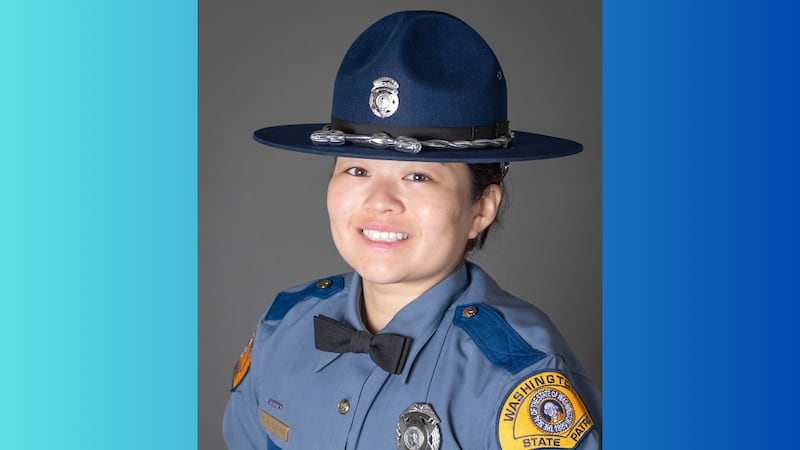KENMORE, Wash. — KIRO 7 went out to investigate when we heard trees along the Burke Gilman Trail in Kenmore painted blue 5 years ago were dying and people wondered if the blue paint was to blame.
In 2012, 40 birch trees were painted blue as part of an art installation to raise awareness of deforestation.
Today, a KIRO 7 crew noticed that less than half of the trees are still standing. And the remaining ones are dying.
“It's ugly to look at right out my front door,” Darcy Uphouse said.
Uphouse lives across the street from the trees along the Burke Gilman Trail.
“I see kids just walking by, pushing them over,” Uphouse added. “Over half are gone. Dead.”
“It's almost certainly caused by an insect called the bronze birch borer that has been attacking European white birch trees through Washington state for a number of years,” said arborist Steve Lambert with Lambert Tree Care.
Lambert showed KIRO 7 evidence of the pesky bug. He gestured toward small D shaped exit wounds on the trees.
Lambert doesn’t think the blue paint killed the trees.
“The more likely scenario is the fact when they planted these trees they didn't provide irrigation,” Lambert explained. “So it didn’t get any supplemental watering that I know of. That would cause drought, stress, and make trees more vulnerable to attack to the bronze birch borer.
King County claims it did regularly water the trees, but says the drought and poor soil is to blame for killing the trees.
Officials say they're currently exploring what options are available to rehab the site.
But the damage is done. And the irony isn't lost on folks.
“If someone is trying to make a point about the -- it's incumbent upon them to make sure they're making a point with nice healthy trees, part of the environment around here.”
King County says it also wants to evaluate the soil to better understand what would thrive in that location. But they wouldn't begin planting until the fall - at the earliest.
The trees were funded by private donations and King County’s “1 percent for the arts” program. It cost $24,000.
Cox Media Group





